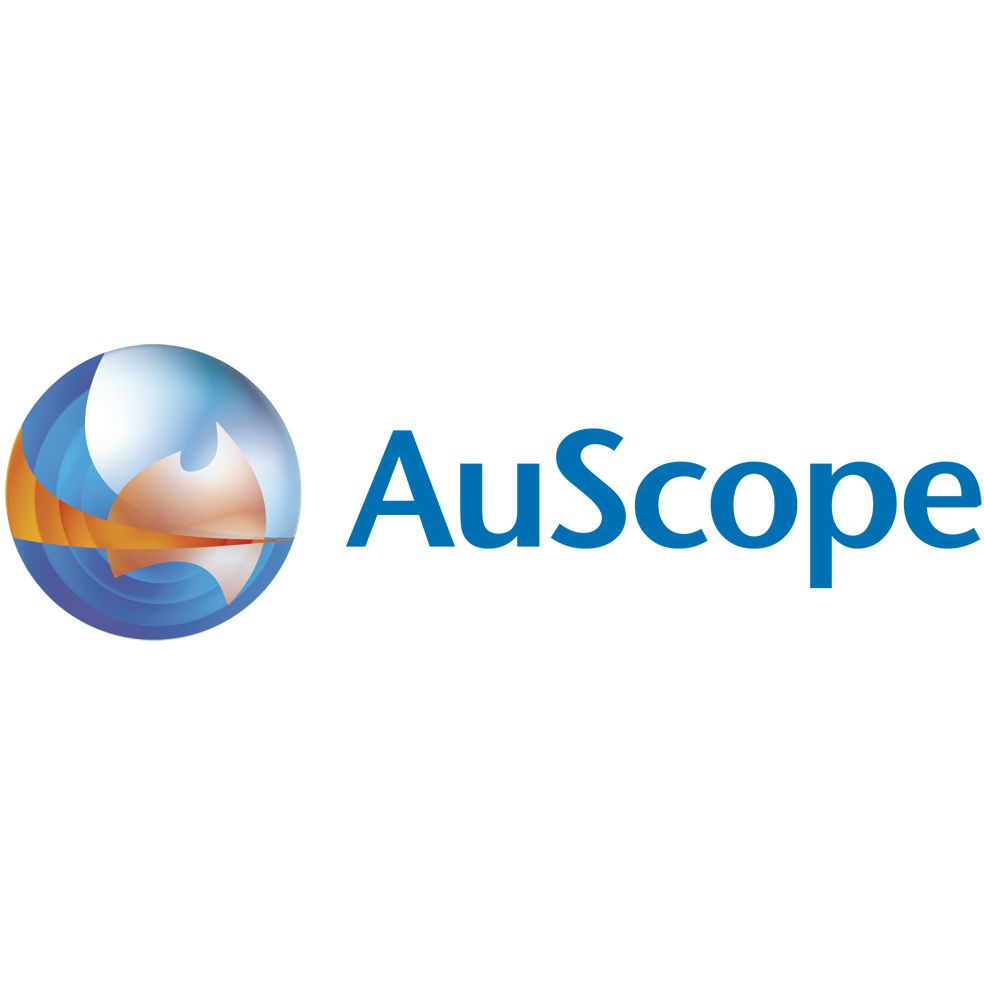Full description
The Burra (Burra) Mine, situated 150 km north of Adelaide within the Adelaide Geosyncline, produced 2.7 million tonnes of copper ore in two major mining phases: 1845 – 1877 and 1970 - 1981.The entire length of the pit is occupied by a diapiric body intruding the Skillogalee Dolomite and may extend up to 500 m to the west. Recognition that the porphyry and associated mineralisation are of similar age to the host Skillogalee Dolomite promotes large tracts of the Adelaide Geosyncline as prospective for similar mineralisation.
The Burra mine 3D model was constructed using a georeferenced version of the original hand-drafted base map, which included elevation data points surveyed during the final phase of mining. These elevation locations and associated height data were digitised from the georeferenced map into a GIS point dataset. Borehole and survey station points were captured and saved in separate point datasets. The point dataset elevation values were transferred to the base plan polylines (where spatially coinicident), and these lines were used to generate a 3D triangular irregular network (TIN). Elevation points not spatially coincident with base plan lines were added to the TIN separately. The geology dataset was draped over the TIN in a 3D visualisation environment and was output to an Adobe 3D pdf format for display in Acrobat Reader TM.
Lineage
Maintenance and Update Frequency: notPlannedNotes
PurposeTo aid in geological exploration.
text: westlimit=138.94094995; southlimit=-32.9912319; eastlimit=139.07278588; northlimit=-32.87038229
User Contributed Tags
Login to tag this record with meaningful keywords to make it easier to discover
3D Model data package (183Mb) (Download Model)
uri :
https://dsd-gdp.s3.amazonaws.com/GDP00008.zip![]()
3D Model PDF (10Mb) (Download Model)
uri :
https://dsd-gdp.s3.amazonaws.com/GDP00008_PDF.zip![]()
Download associated report in PDF format (Download Associated Report)
uri :
https://sarigbasis.pir.sa.gov.au/WebtopEw/ws/samref/sarig1/image/DDD/RB200800016.pdf![]()
(View 3D Geological Model)
uri :
https://geomodels.auscope.org.au/model/burramine![]()
global : 953acd08-6ee3-42ed-85a1-7d4613d7b2f8
- global : 9e32de0e-4f96-4bc9-b37f-f423b9a6609e


